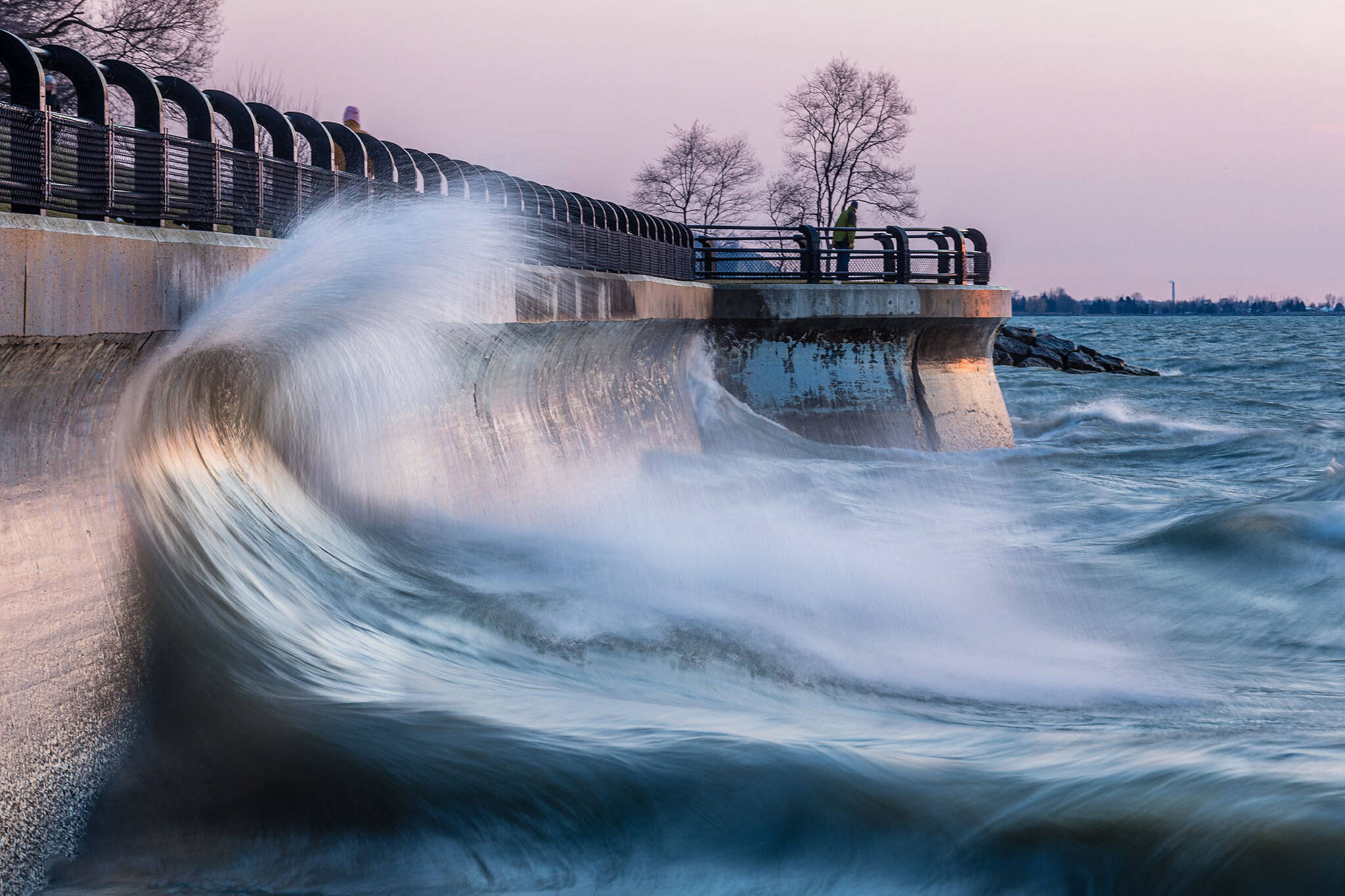
Lake Ontario doesn't have tides but it also sort of does depending on who you ask
The question 'does Lake Ontario have tides' has a few correct answers. No, yes, and it depends are all acceptable choices, but the actual answer is a bit more complicated.
Take a trip to any oceanfrontresort town, and you're likely to notice the changing tides as the sun and moon's gravitational pull forces large bodies of water to 'bulge' in and out twice a day.
Tides generally don't occur on freshwater bodies, but when you're dealing with systems as enormous as the Great Lakes, it's a bit harder to determine what exactly is and isn't considered a changing tide.
Especially when the water level seems to fluctuate so greatly.
If you're going by the definition of a true tide, or variations in water level caused by gravitational forces, Lake Ontario does indeed have a tide, but you'd have to be the size of an insect to notice it.
While you can findoutrageous tide changes of over 15 metres on the Bay of Fundyin the Maritimes, Lake Ontario's tide changes the water level's height by no more than five centimetres, even when gravitational forces are strongest in the spring months.
Certainly not enough to leave boats hanging dry from their moorings, but definitely enough to be called a tide in the technical sense. Despite technically having a tide, the Great Lakes are considered to be non-tidal bodies of water.
But this minuscule tide isn't the only factor causing water levels to rise and fall on Lake Ontario and others in the Great Lakes system.
这些巨大的水域可以经历一个板式换热器nomenon known as a seiche, a wave that oscillates around the lake, similar to water sloshing in a circular motion within a bowl.
While not caused by the same conditions as the lake's 'true tide,' a seiche is something boaters and beachgoers are much more likely to notice.
Instead, wind and weather conditions like barometric pressure can cause these oscillating waves to reach heights of a few metres on Lake Ontario, alternating between highs and lows that follow similar time patterns as a true tide.
It can get even worse on Lake Erie, where seiches can drive water levels up by as much as seven metres.
A tide will roll in and out in six-hour intervals, while a seiche falls within a span of four to seven hours, making it very easy to mistake the lesser-known seiche for a tide.
So even if you're sure you've noticed a tide change on Lake Ontario, that was almost certainly a seiche.
Join the conversationLoadcomments







